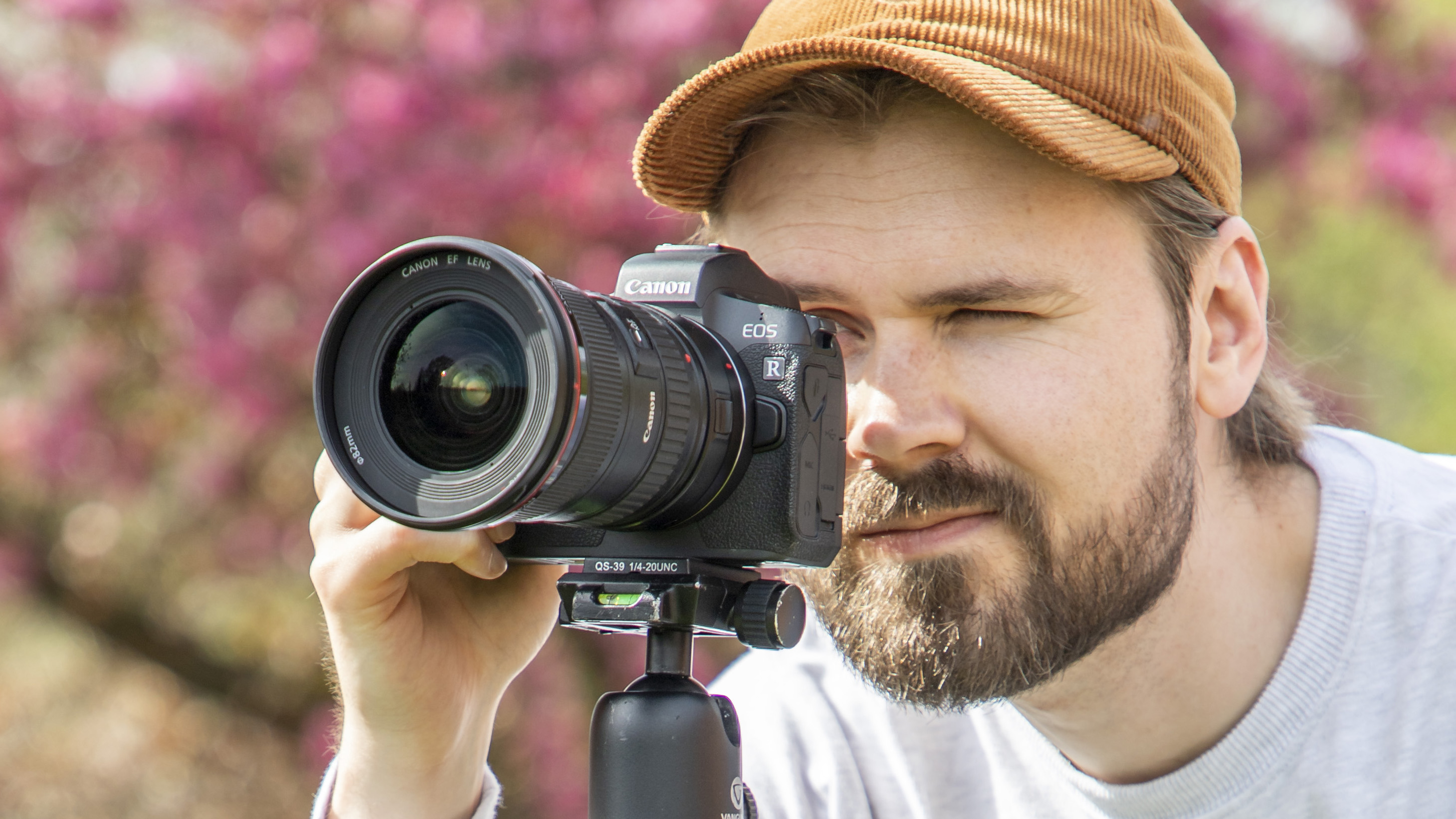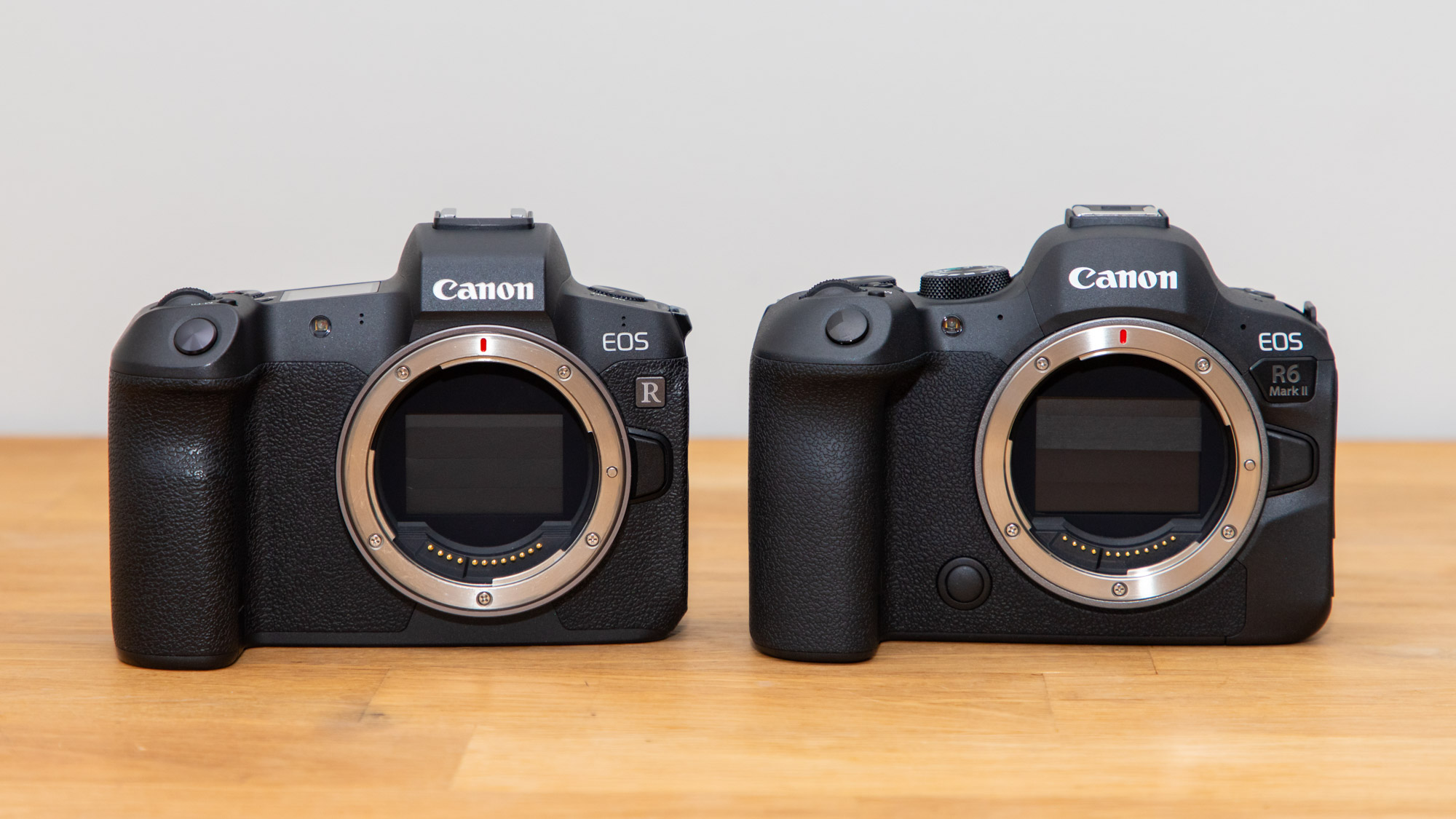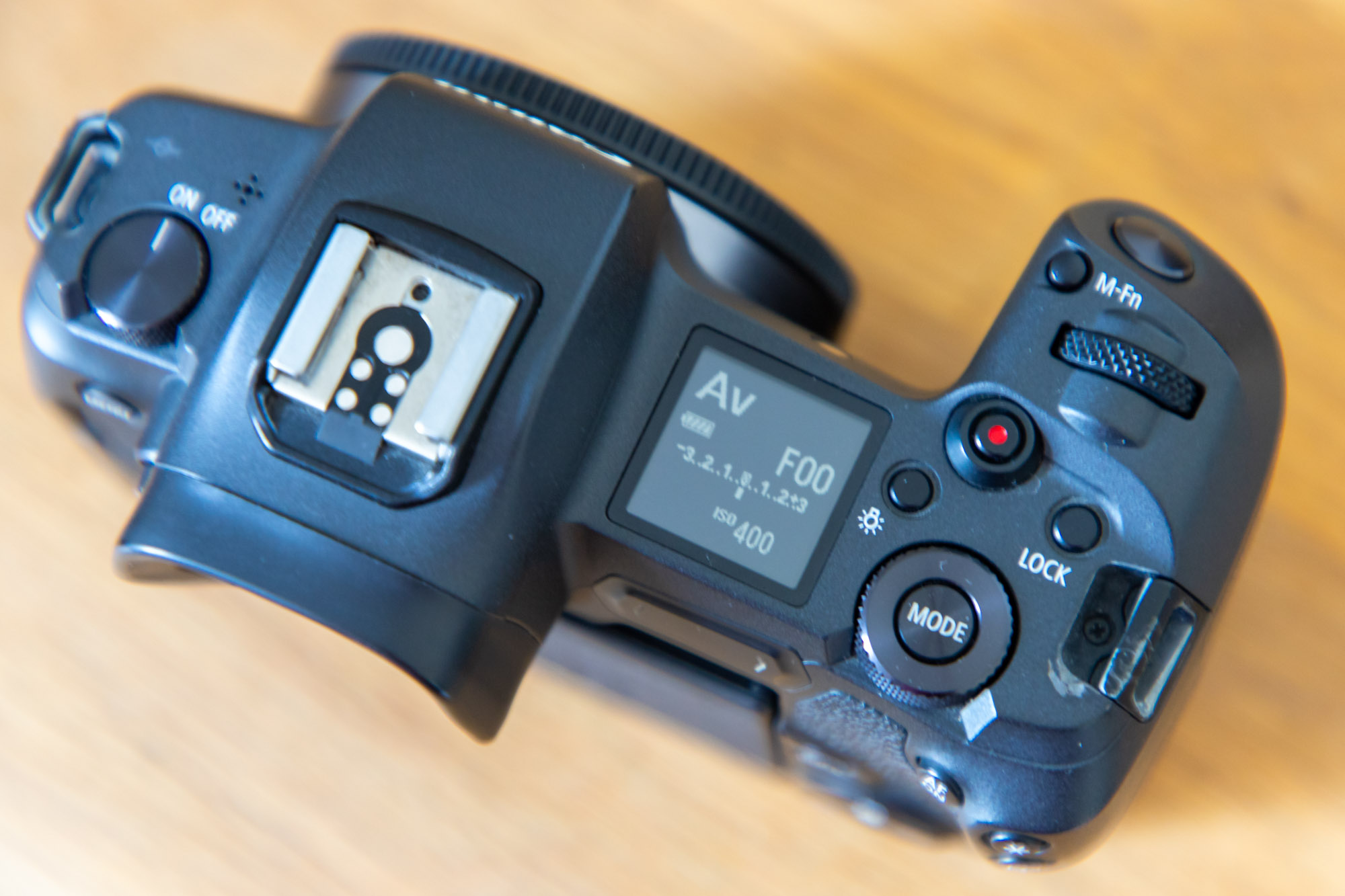
Released all the way back on October 09 2018, the original Canon EOS R was the company's first full-frame mirrorless camera – and saw the debut of the firm's innovative RF mount. This mount paved the way forward for Canon's mirrorless cameras and steered away from the DSLR cameras that the company had been so heavily invested in up until this point.
I was an early adopter of the milestone EOS R, but while we've had no less than 10 new RF-mount Canons since – including the entry-level EOS R100, current flagship EOS R3, and even 2020's EOS R6 which since was quickly replaced by 2022's EOS R6 Mark II – we still haven't had a replacement for the OG. In fact, it was the R6 Mark II that finally caught my eye and tempted me to upgrade, as I could twiddle my thumbs waiting for an EOS R Mark II no longer.
After talking to Canon's imaging product marketing lead at Canon EMEA, David Parry, at this year's Photography & Video Show, he said that while he couldn't confirm anything he did think that a Canon EOS R Mark II was "very unlikely".

Even though I have now 'upgraded' to the R6 Mark II, it still feels in many ways like a downgrade from the EOS R.
I'm over the moon with modern conveniences such as a stabilized sensor, twin SD card slots, Dual Pixel CMOS AF II, blisteringly fast 40fps shooting (12fps with the mechanical shutter), 4K 60p video, Canon's latest multifunction shoe and finally a joystick at the rear that replaces the inferior multi-function bar that I could never get on with (Canon has thankfully now done away with it).
But the original EOS R had some very desirable features, including a top LCD screen to show you useful settings – and this is something that most of the new RF-mount models omit. Then there's its very respectable 30.3MP full-frame sensor, favoring clarity and resolution over high burst speeds.
Lastly, its price point was a little more budget-friendly costing $2,299 at launch – that's $200 less than the R6 Mark I and Mark II at their respective launches.

At the moment, the only 'true' successor to the debut EOS R in my mind is the EOS R5 – which has all the modern conveniences you'd want the EOS R to have, but it's also nearly twice the price costing a whopping $3,899 at launch!
So I guess it's time to suck it up and accept that Canon's EOS R5 is the closest we'll get to a proper named successor to the EOS R. The original R was a bit of an oddball for its time, as most of Canon's new cameras have followed on from their DSLR counterparts: the Canon EOS 6D Mark II was replaced by the R6 and R6 Mark II, the 5D Mark IV was superseded by the R5 and so on.
There's still a question mark over whether Canon's EOS R3 is to be the company's flagship camera, or whether we'll see an EOS R1 ahead of the Paris 2024 Olympics to fill the shoes of Canon's EOS-1D X Mark III (which was the company's flagship DSLR). But the EOS R didn't replace anything; it was its own new exciting thing, all by itself.
July will mark the fourth year of Canon's EOS R5, now widely regarded as one of the best full-frame mirrorless cameras ever produced. So will we now get the arrival of the much-awaited R5 Mark II this year, and finally see second-hand prices of the R5 come down to more affordable levels? Only time will tell, but you might see me trading in once more for an EOS R5 if they do!
Take a look at the best Canon cameras in the R system right now, along with the best Canon RF lenses to pair with them.







